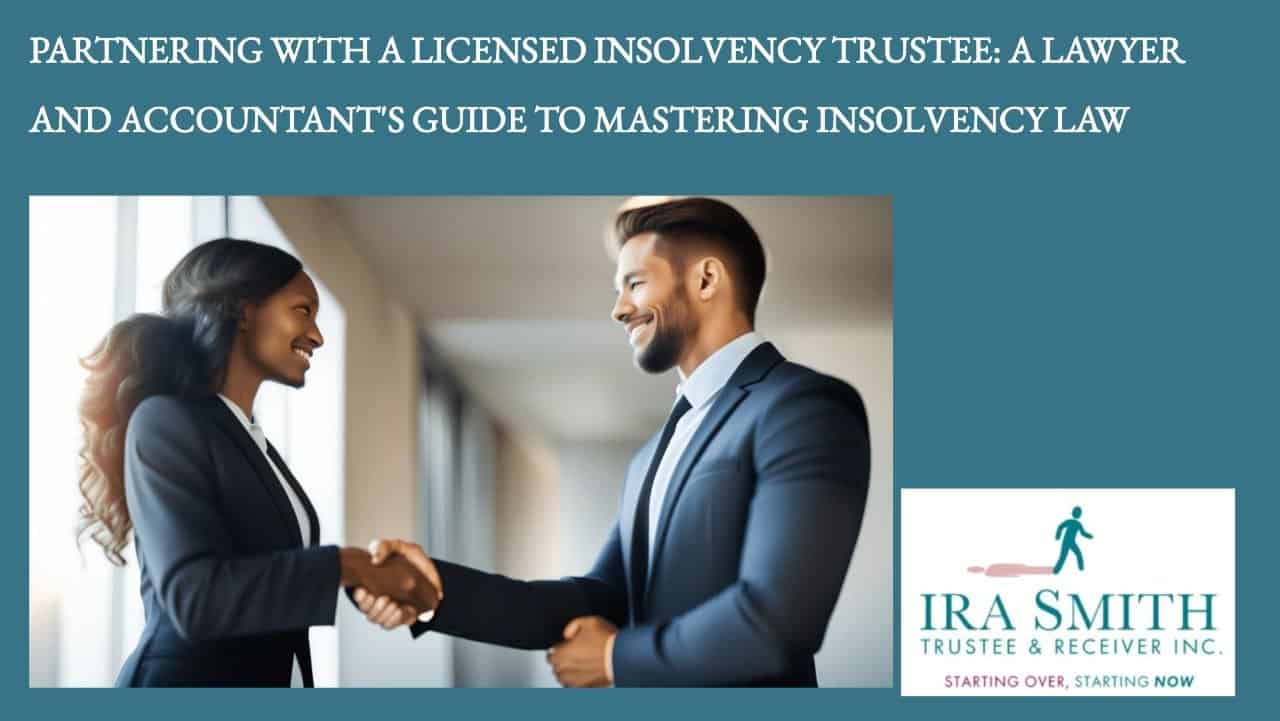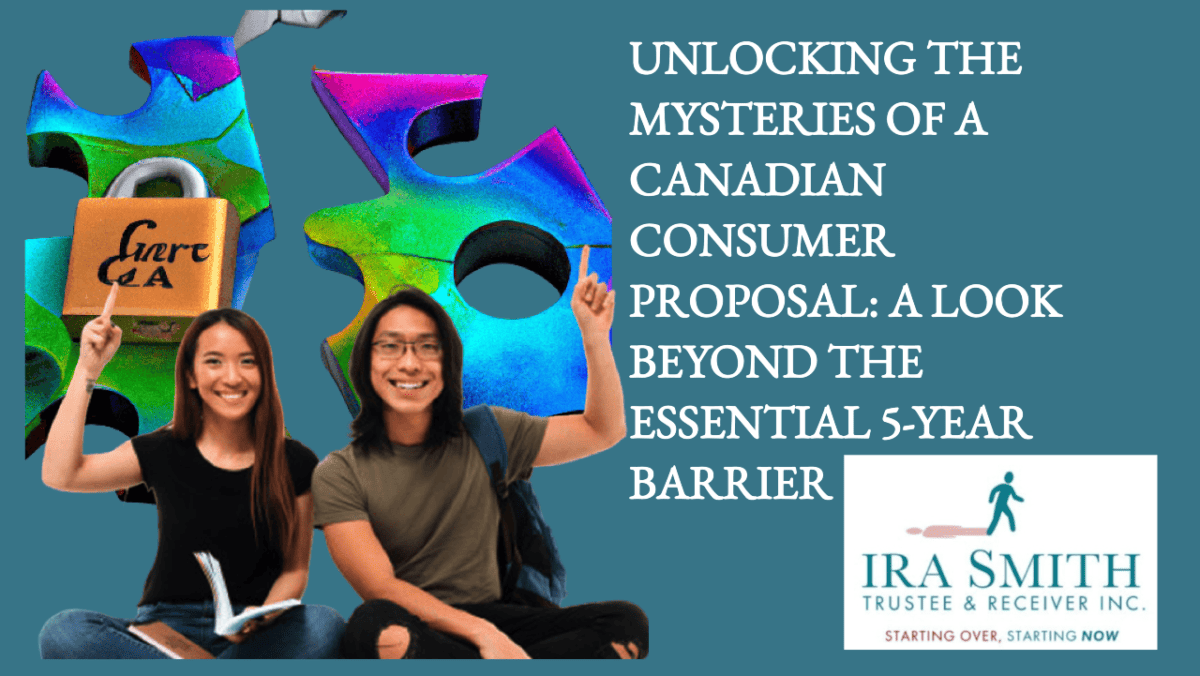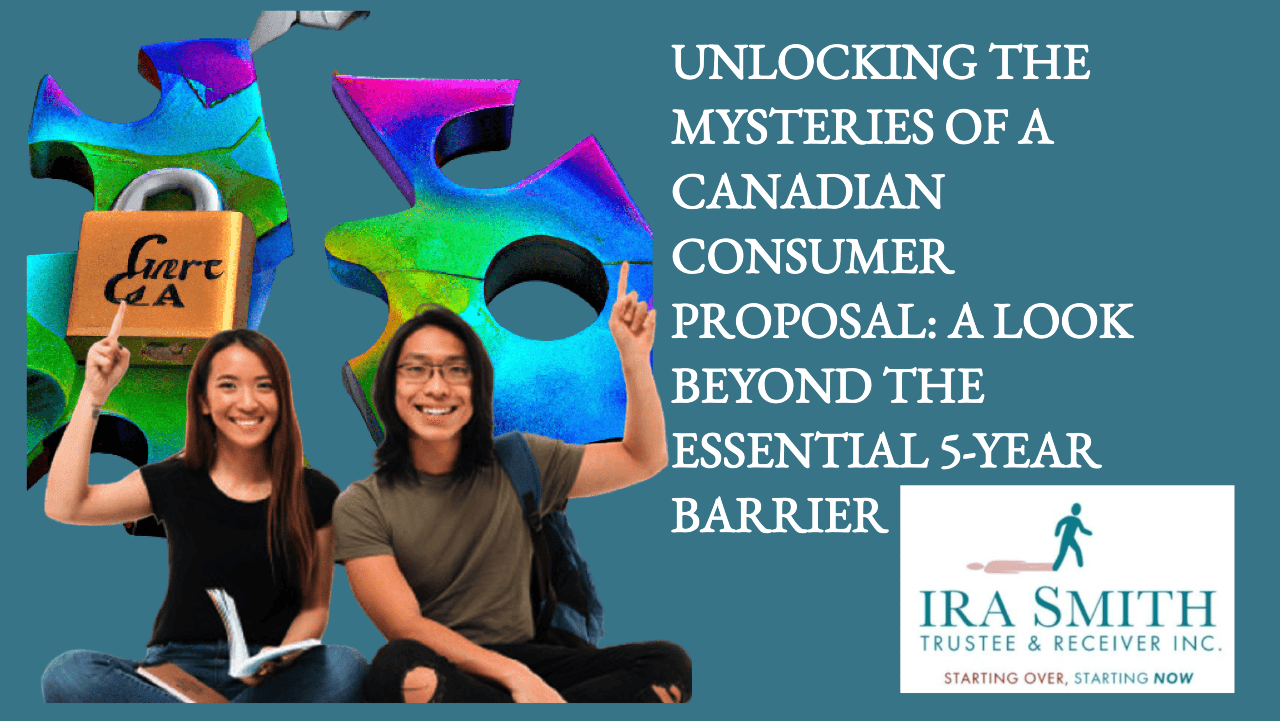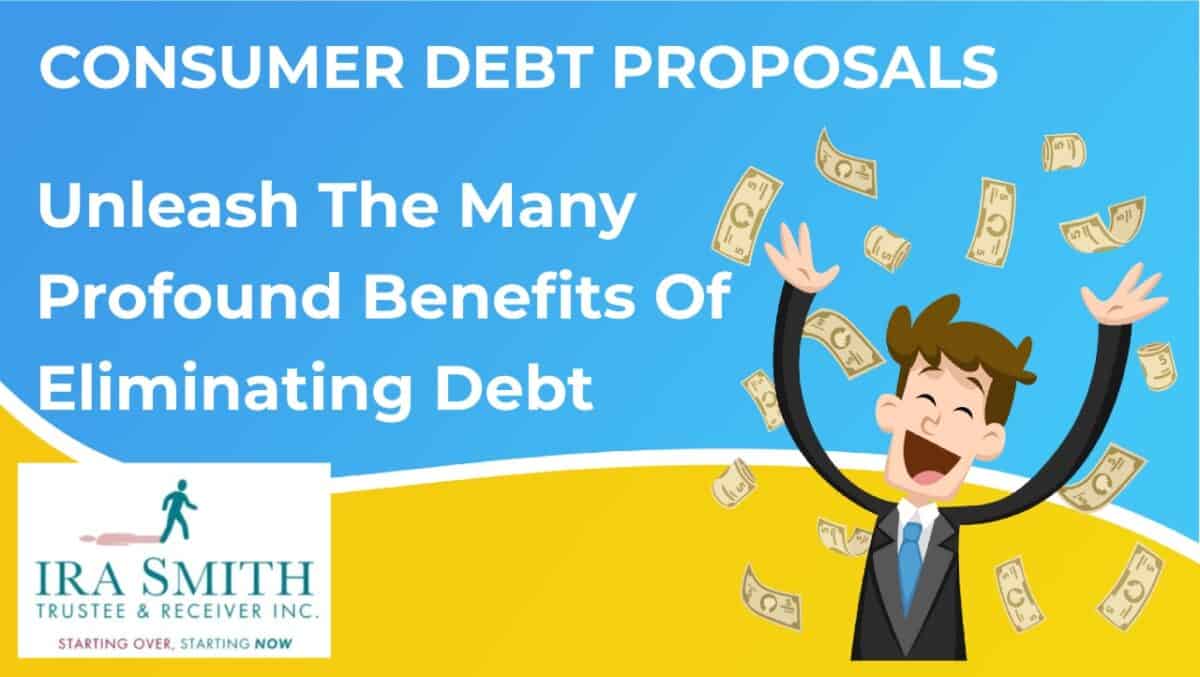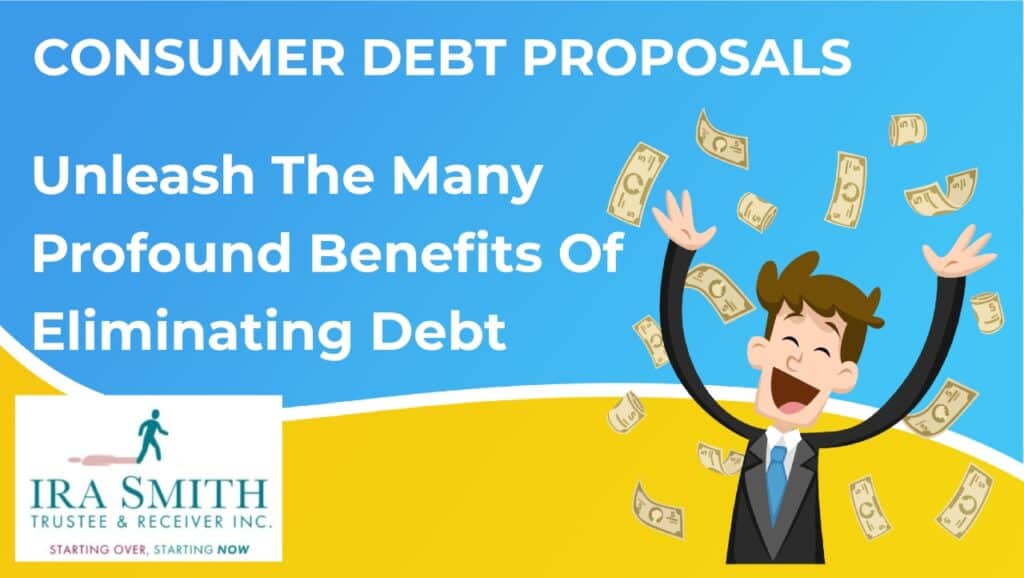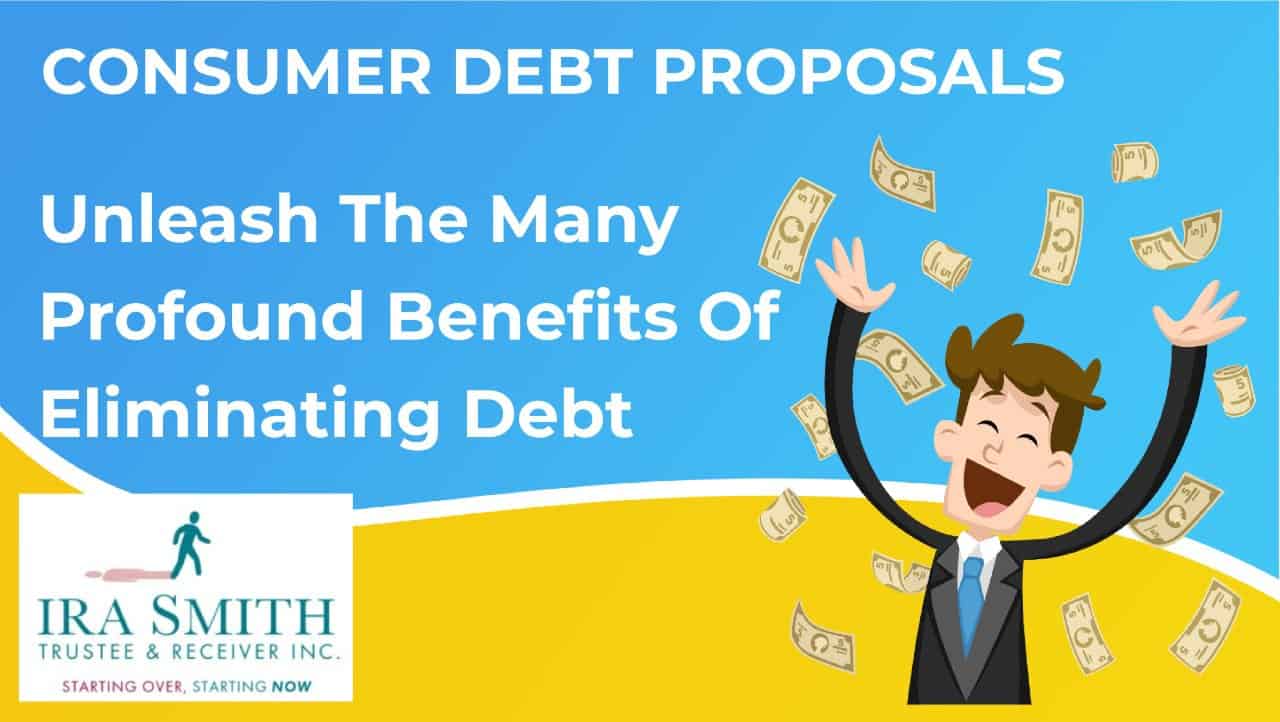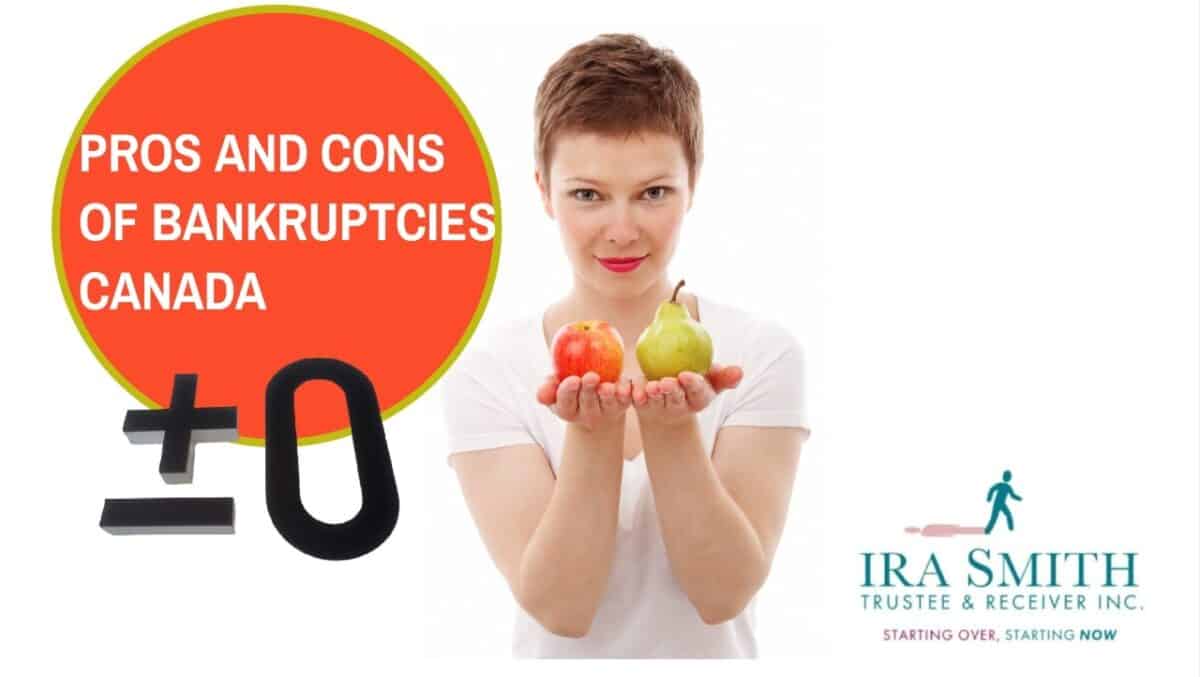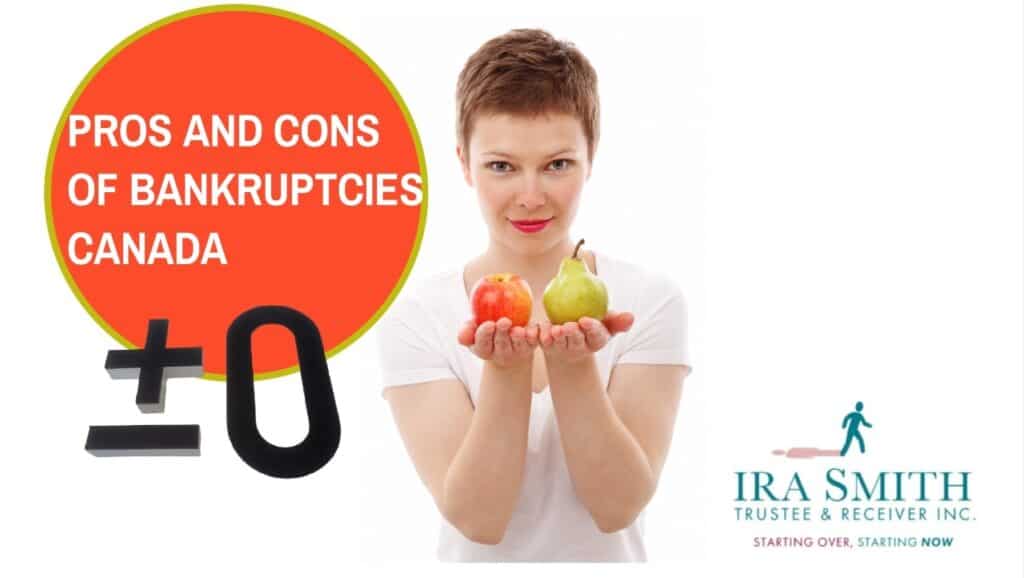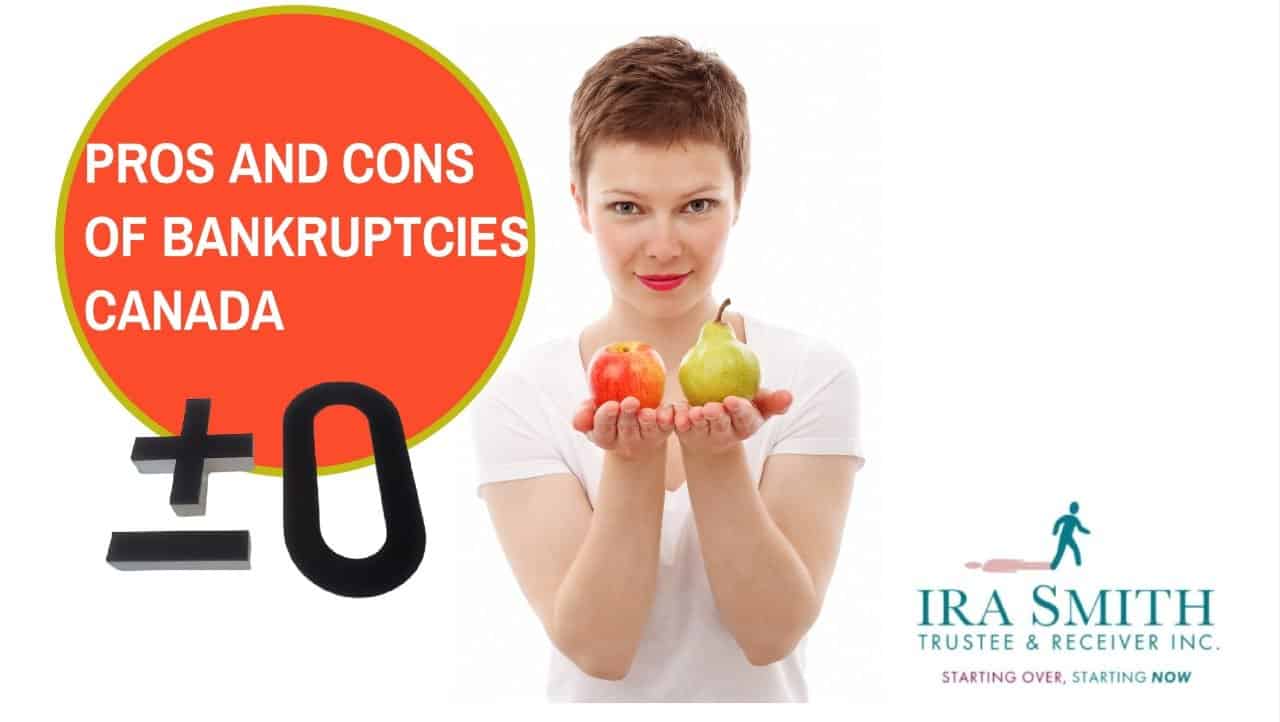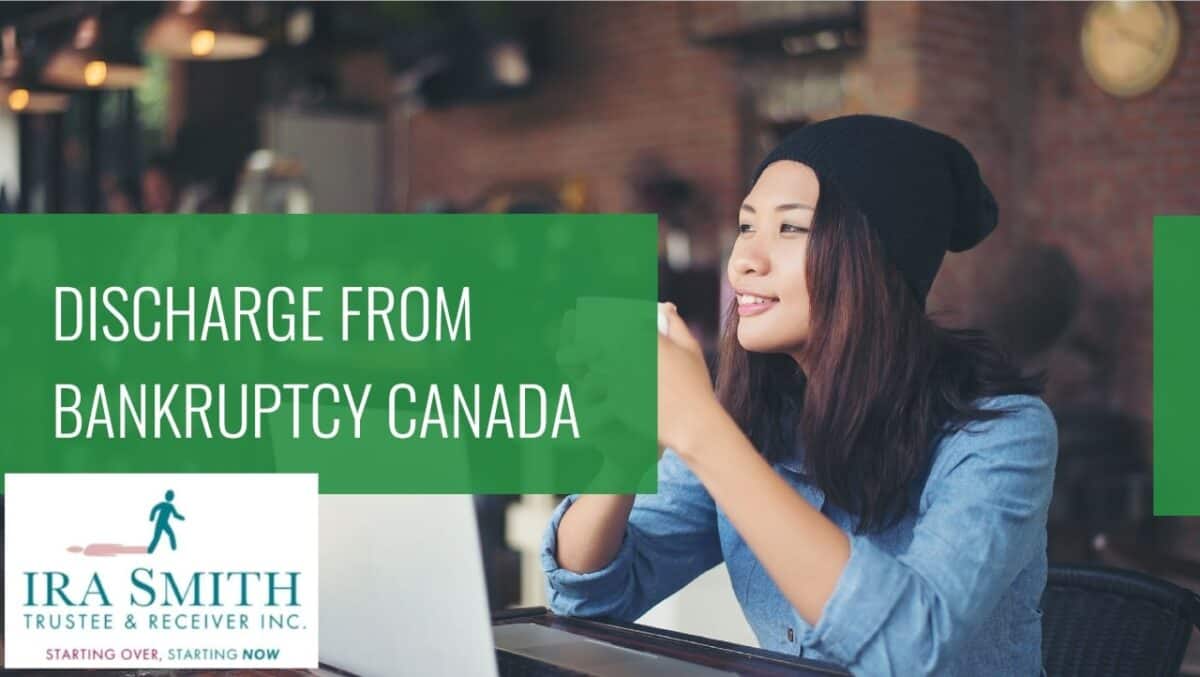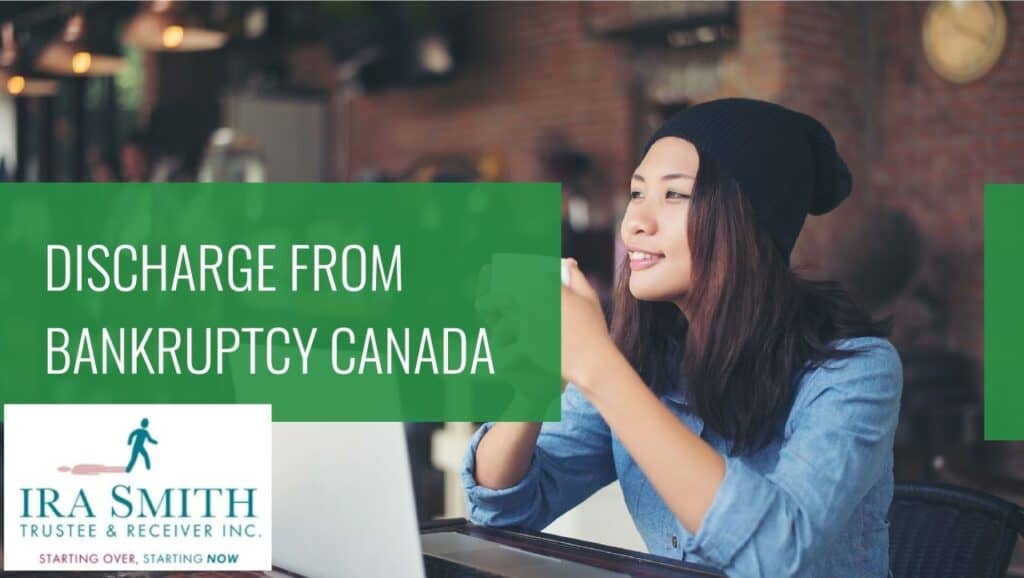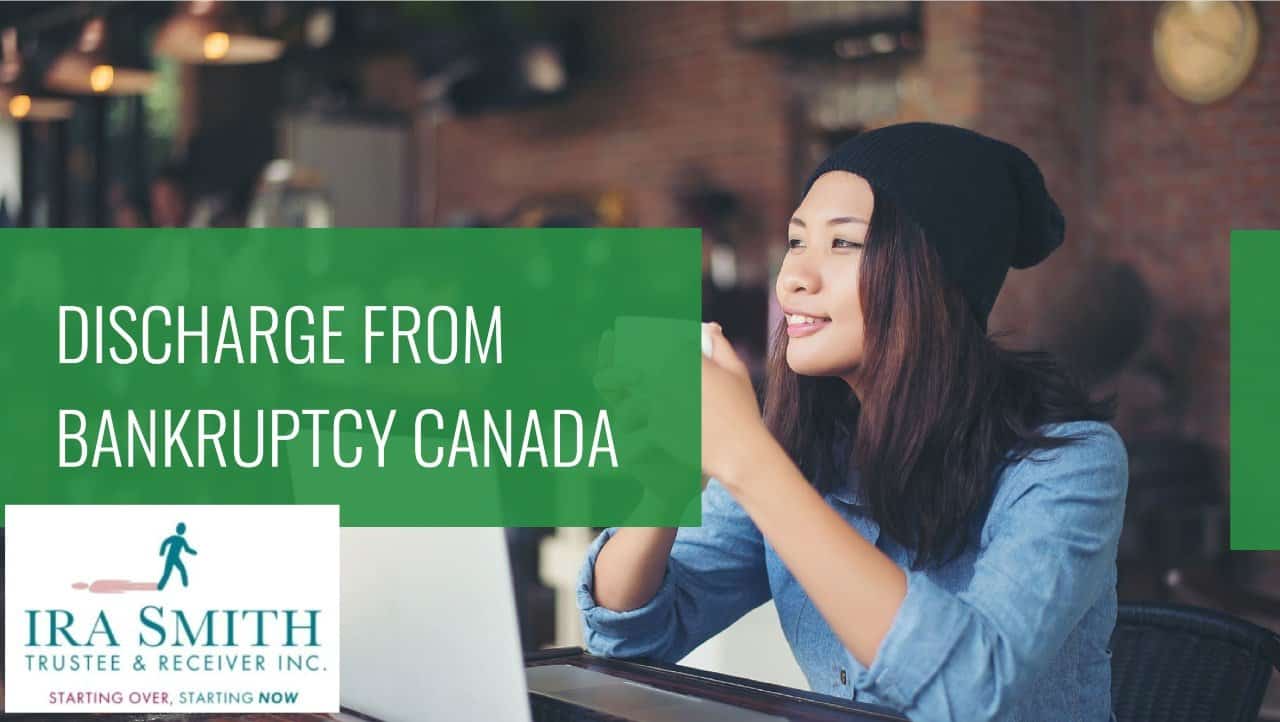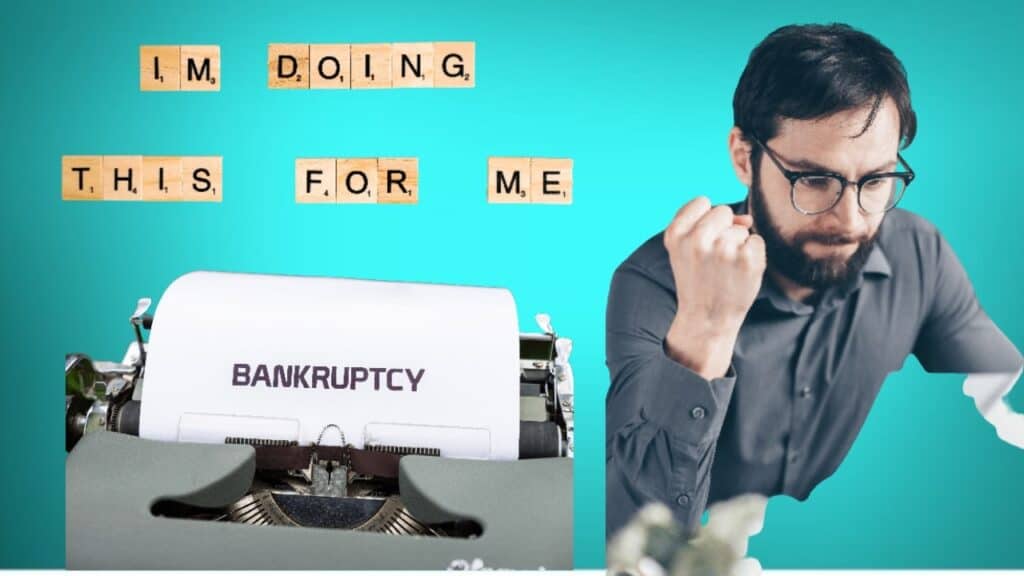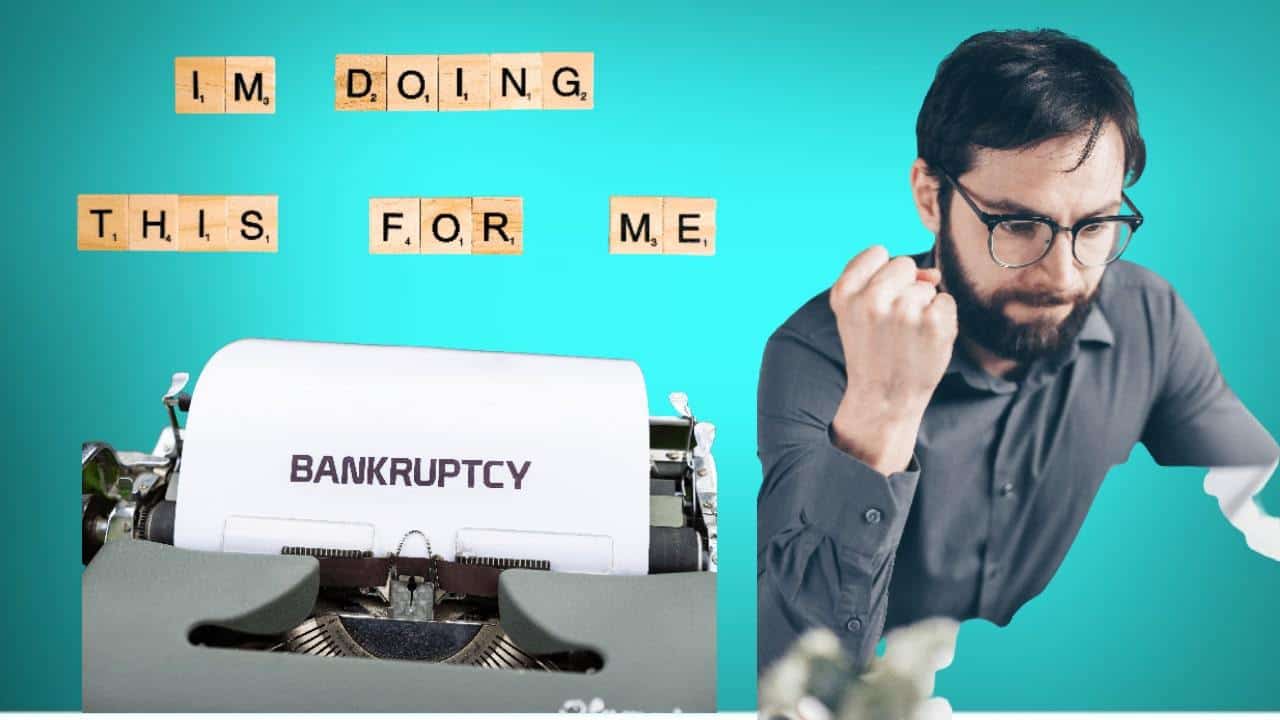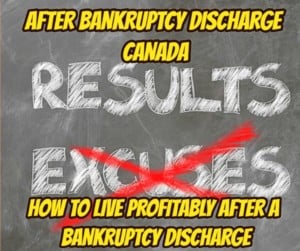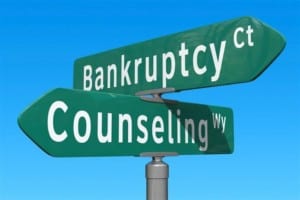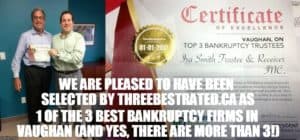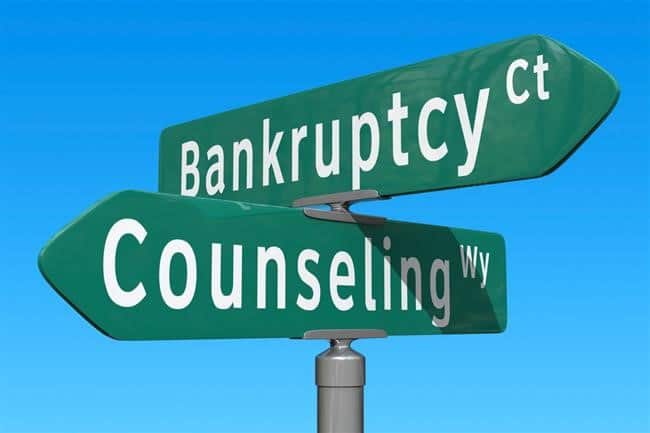Definition of a Licensed Insolvency Trustee in Canada
A Licensed Insolvency Trustee (previously called Trustees in Bankruptcy) in Canada plays a crucial role in helping individuals and businesses with debt problems. Navigating financial difficulties can be overwhelming, but understanding the role of a Licensed Insolvency Trustee can provide clarity and guidance. In this comprehensive guide, we’ll delve into the responsibilities and significance of an LIT, shedding light on how they can assist individuals and businesses facing insolvency.
This is the second in a series of Brandon’s Blogs to encourage legal and accounting professionals not familiar with insolvency techniques to help clients navigate the Canadian bankruptcy system. Understanding essential principles and vocabulary about bankruptcy is essential before working together with experts in this area. We will discover the complexities of the insolvency meaning, and take a look at the varied forms of insolvency identified in Canada.
Licensed Insolvency Trustee: Qualifications and Licensing Requirements
To attain the designation of Licensed Insolvency Trustee candidates have to undergo a difficult journey of extensive training and meet stringent licensing prerequisites developed by the Canadian Government’s Office of the Superintendent of Bankruptcy (OSB). These licensing requirements include going before an Oral Board of Examination.
This rigid procedure assures that a Licensed Insolvency Trustee (LIT) has the indispensable understanding and abilities essential for expertly managing complex financial circumstances. Furthermore, LITs are bound by a stringent code of ethics, which emphasizes the utmost integrity, professionalism and reliability within their specialist practice. We must also continuously update our professional development.
Roles and Responsibilities of a Licensed Insolvency Trustee
As Licensed Trustees in Canada, primary responsibilities revolve around assisting individuals and businesses facing debt challenges. This role is crucial in guiding people and companies towards making informed decisions about their debt management strategies. Let me walk you through the key tasks that make up my day-to-day responsibilities.
Financial Assessment: Helping Individuals Navigate Debt Management Options
As a Licensed Insolvency Trustee in Canada, my main obligations revolve around assisting people and companies dealing with debt obstacles. This function is critical in leading debtors toward making educated choices regarding the wide range of available debt relief options. Let me walk you through the crucial steps that make up my day-to-day obligations.
Among the most fulfilling elements of being a Licensed Insolvency Trustee is the opportunity to assist individuals in recognizing and choosing one of the most appropriate financial debt management options for their one-of-a-kind situations. By supplying individualized advice tailored to their financial conditions, I aim to equip individuals to take control of their financial debt and work in the direction of financial stability.
Among the key duties of Bankruptcy Trustees is to conduct a detailed analysis of a person’s or business’s financial situation. This includes reviewing assets, liabilities, income, and expenses to determine the most ideal course of action.
Exploring Options: Reviewing Debts and Providing Tailored Advice
When it involves handling your debt, there is no one-size-fits-all solution. As a Licensed Insolvency Trustee, I dive deep right into your distinct financial scenario and provide you with individualized advice that is tailored to your requirements. From the moment we take a seat for your initial consultation, my goal is to understand the specific difficulties you are facing to ensure that I can recommend strategies that not only address your immediate concerns but will also establish you on a course toward long-lasting financial success.
After very carefully examining your circumstances, I am here to help you or your company discover the most effective remedies for your money battles. We can explore numerous alternatives, including filing bankruptcy, a consumer proposal, or executing alternate methods to manage your financial obligations.
Whether we concentrate on producing a tailored payment plan, working out a repayment plan with your creditors, or taking into consideration different options, my major objective is to provide you with an uncomplicated course to financial freedom and stability. We work together to minimize your financial problems and pave the way for a brighter future.
Making Sure Legal Process Protection During Bankruptcy or Proposal Process
Personal bankruptcy and consumer proposals are processes that feature certain legal protocols and safeguards. As a Licensed Insolvency Trustee, I play a vital function in making sure that people who file obtain full protection throughout as called for by the Bankruptcy and Insolvency Act (Canada) (BIA). In cases where either a consumer proposal or personal bankruptcy is deemed necessary, LITs administer the insolvency procedures. We communicate with creditors, prepare required documentation, and ensure conformity with pertinent legislation and policies throughout the process.
From launching the required paperwork to taking care of interactions with creditors and supervising the entire procedure, I work as a trusted intermediary to make sure that all stakeholders follow their roles and responsibilities. By upholding this lawful framework, I make sure that people undertaking the bankruptcy or proposal process, are provided the safety and comfort they need during this difficult time.
Being a Licensed Insolvency Trustee is not simply a task; it’s a dedication to guiding individuals and companies toward a brighter economic future. By helping them navigate through the best decision for them that they can make from all of the debt settlement options, and offering customized advice, I make every effort to make a significant difference in their lives and encourage them to get over their financial difficulties with self-confidence.
Official Documents and Filing Documentation
One of the primary obligations is preparing and filing essential documentation with the OSB and the Court. This action is vital as it officially initiates the financial obligation resolution process and establishes lawful protection for the person or organization seeking relief. By carefully finishing and filing the needed records, we make certain that all required details are properly recorded and processed.
Notifying Creditors to Stop Collections
An additional key facet of my duty is to inform creditors about the client’s decision to seek debt relief through an official filing, whether it is personal or corporate bankruptcy or a restructuring proposal. By notifying unsecured creditors concerning the filing declaration, we successfully stop creditors’ collection activities, including pestering collection calls, letters, and any possible lawsuits. This communication not only safeguards the debtor but likewise ensures that creditors adhere to the legal guidelines affecting debt collection.
Managing Creditor Claims and Assets
A Licensed Insolvency Trustee manages the sale of assets that are not exempt from seizure and also manages the creditor claims process. It is an indispensable part of the management tasks of a LIT. By assessing the assets and liabilities of the person or business, we identify just how to ideally address creditor claims within the framework of the bankruptcy or restructuring case. This includes working very closely with creditors to facilitate the proper valuation and classification of claims and make certain everyone is treated equitably and fairly.
Throughout a bankruptcy case, LITs take responsibility for managing and selling the debtor’s properties. We work for the highest return possible under the circumstances for creditors while providing debtors with a fresh start.
In summary, the administrative responsibilities of a Licensed Insolvency Trustee include a large range of jobs focused on helping with the debt resolution process while supporting the legal standards and securing the rights of both debtors and creditors. These responsibilities call for a focus on detail, adherence to laws, and effective communication to guarantee an effective outcome for all involved in the process.
Licensed Insolvency Trustee: Client Support and Education
For consumers who have filed and taken on either a consumer proposal process or personal bankruptcy, I provide you with assistance and education throughout your journey to financial recuperation. As federally regulated debt experts in Canada, LITs’ duties include offering assistance and services to people and businesses dealing with debt challenges.
Providing Credit Counseling Sessions
One of the essential and required tasks when helping an individual through a consumer proposal or bankruptcy is to provide two credit counselling sessions targeted at assisting them in budgeting effectively and setting financial objectives. These sessions are developed to equip the person with the expertise and skills needed to handle their finances sensibly, leading the way for a much more secure economic future.
Past formal insolvency proceedings, LITs use these financial counselling sessions to aid people in gaining back control of their financial resources. This may consist of budgeting recommendations, financial debt monitoring strategies, and sources for enhancing financial literacy.
Assisting in Money Management
Managing cash properly throughout and after the debt resolution process is vital for lasting economic stability. I am right here to offer financial advice to help the person succeed with this process, supplying sensible suggestions and assistance to ensure that they can make educated decisions regarding their finances. Whether it’s producing a spending plan, focusing on expenditures, or exploring methods to enhance their earnings, I will certainly be by their side every step of the way.
Discharge Process for Bankrupt Individuals or Consumer Proposal Completion Certificate
Among the last steps in formally clearing your financial obligations is making an application for a discharge from bankruptcy or getting your certificate of full performance. This certification represents that you have efficiently satisfied your obligations and are currently debt-free. As your Licensed Insolvency Trustee, I will help you finish this process, making certain that you receive the essential documents to formally shut down this chapter of your financial life.
With a combination of credit counselling, strict money management, and the conclusion of needed paperwork, we work together to help you achieve financial liberty and satisfaction.
Unique Role of a Licensed Insolvency Trustee
As a Licensed Insolvency Trustee in the Greater Toronto, Ontario Canada area, my role is vital in aiding people and companies to navigate complicated financial debt issues. A LIT is the only debt professional accredited by the federal government to offer extensive financial debt guidance and to carry out insolvency administration under the BIA. This means that when you are encountering overwhelming debt, I and my fellow Licensed Insolvency Trustees are the go-to people for specialist advice and remedies.
When individuals or companies are battling with financial debt, I act as an intermediary or umpire to ensure a fair and balanced process for both debtors and creditors while solving the debtor’s financial problems. I must help with communication, uphold laws, and supervise the financial obligation resolution procedure, making certain that the entire administration abides by the required regulations.
Partnering With a Licensed Insolvency Trustee Supplies Countless Benefits For People and Companies Facing Financial Obstacles
- Professional Advice: LITs bring specialized knowledge and experience to the table, making sure of informed decision-making throughout the entire process.
- Legal Protection: By working with a LIT in a formal insolvency process, debtors gain legal defence from creditor harassment and collection actions, providing much-needed relief and peace of mind.
- Financial Debt Resolution: LITs aid debtors explore viable alternatives for fixing their financial debts, tailoring remedies to their special financial scenarios.
- Financial Recovery: With financial therapy and support, LITs equip debtors to restore their monetary health and wellness and progress with confidence. More often than not, this also goes a long way to restoring mental health.
Licensed Insolvency Trustee: Conclusion
In summary, a Licensed Insolvency Trustee plays a crucial role in assisting individuals and businesses facing insolvency. From conducting financial assessments to facilitating legal proceedings and providing ongoing support, LITs serve as trusted advisors and advocates, in conjunction with a person’s or corporation’s lawyer and accountant, for those navigating challenging financial terrain. By understanding the role and significance of an LIT, debtors can make informed decisions and embark on the path toward financial stability and recovery.
By assisting clients in navigating insolvency matters proficiently, lawyers and accountants can empower them to take proactive steps towards a brighter financial future. This includes providing insights on debt restructuring, bankruptcy options, and other relevant strategies that can improve financial sustainability and stability. Ultimately, the goal of leveraging a foundational understanding of Canadian insolvency laws is to facilitate positive outcomes for clients, equipping them with the knowledge and resources needed to overcome financial obstacles and achieve long-term success. This also allows them to remain your client!
I hope you enjoyed this Licensed Insolvency Trustee Brandon’s Blog. Individuals and business owners must take proactive measures to address financial difficulties, consumer debt and company debt and promptly seek assistance when necessary. It is crucial to recognize that financial stress is a prevalent concern and seeking help is a demonstration of fortitude, rather than vulnerability. Should you encounter challenges in managing your finances and find yourself burdened by stress, do not delay in pursuing aid.
Revenue and cash flow shortages are critical issues facing people, entrepreneurs and their companies and businesses with debt problems that are in financial distress. Are you now worried about just how you or your business are going to survive? Are you worried about what your fiduciary obligations are and not sure if the decisions you are about to make are the correct ones to avoid personal liability? Those concerns and more associated with your company debt are obviously on your mind.
The Ira Smith Team understands these overwhelming debt financial health concerns. More significantly, we know the requirements of the business owner or the individual who has way too much financial debt. You are trying to manage these difficult financial problems and you are understandably anxious. It is not your fault you can’t fix this problem on your own and it does not mean that you are a bad person. The pandemic has thrown everyone a curveball. We have not been trained to deal with this. You have only been taught the old ways. The old ways do not work anymore.
The Ira Smith Team uses innovative and cutting-edge methodologies, to adeptly navigate you through the intricacies of your financial challenges ensuring a resolution to your debt-related predicaments without resorting to the rigours of the bankruptcy process. We can get you debt relief now! We have helped many entrepreneurs and their insolvent companies who thought that consulting with a Trustee and receiver meant their company would go bankrupt.
On the contrary. We helped turn their companies around through financial restructuring. We look at your whole circumstance and design a strategy that is as distinct as you are. We take the load off of your shoulders as part of the debt settlement strategy we will draft just for you.
The Ira Smith Trustee & Receiver Inc. team understands that people facing money problems require a lifeline. That is why we can establish a restructuring procedure for you and end the discomfort you feel. Call us now for a no-cost consultation. We will listen to the unique issues facing you and provide you with practical and actionable ideas you can implement right away to end the pain points in your life, to begin your debt-free life, Starting Over, Starting Now.